In this month’s instalment of Retro Bites where we focus on classic and vintage audio, Janine Elliot takes a look at the Nakamichi TX 1000 Turntable.
There are two age-old problems with playing vinyl, as those who set up their arms and cartridges will know well. The first concerns the angle of the cartridge to the groove. In most turntables a pivoted arm will track the groove in an arc, which is not how the analogue master is cut. A Neumann VMS 80 lathe will cut the analogue master with a head that travels in a straight line across the groove, just as a parallel tracking turntable. The result of a pivoted arm tracking the groove is that for most of the time a distortion is produced when the stylus is at a slight angle to the groove. Parallel tracking arms, or clever arms such as the Thales tangential-tracking pivoted tonearm, or even the clever Garrard Zero 100 tonearm, have solved that problem. The second problem is that because the arm is at an angle it tends to pull the arm towards the centre of the disc, and therefore this needs to resisted by an “anti-skate” mechanism; weights to pull the stylus away from one side of the groove which in effect would otherwise give uneven wear on the record as well as more distortion.
We have known about all these problems since the beginnings of vinyl, but there is one other problem that many won’t be aware of, and many won’t notice. I have perfect pitch, which means I know the exact pitch of a “C” or any other note without the need of a reference point. I could go for years without ever hearing a note, and my brain will still pick it out exactly when asked. A well respected voice on this matter suggests an average person can hear as little as 2 cents difference in pitch. Due to the logarithmic state of frequency measurement that means that there are 1200 cents per octave, which therefore means a semitone is 100 cents (there are 12 semitones in an octave). Ordinary people can hear changes in pitch of around 10 cents. I can hear as little as 2 cents, which means I am consistently phased by wow in turntables, and whilst the motor drives have improved over the last 100 years, they are still not perfect. But, what concerned Nakamichi was not so much the wow from the motor, but the wow induced from the spindle and the record itself.
You see, no matter whether your vinyl is 160g or 220g, the chances are that it is not exactly centred, meaning that every rotation cause fluctuations in speed. A change of 0.5mm is enough to make a difference in pitch. Remember that if a record is shorter on one half of the rotation it will mean that it is longer on the other side, so by simple maths that means a 0.5mm accuracy one side will mean a difference of 1mm side – to – side. Now, that can cause significant wow, and extremely noticeable in long piano notes. Also, if the hole in the centre is not placed perfect, or indeed if the hole is so large that the record isn’t accurately seated centrally, then this wow will be even larger. Records have larger holes than the diameter of the spindle, otherwise it would be problematic getting the records on or off the platter. Indeed if your hole is 0.1mm larger than the spindle you will notice wow. Also, as a result of the discrepancies the wow would be more noticeable at the centre of the record than the start. Now, if your stylus is moving in and out with the irregularity of each rotation then the stereo image or EQ of the music will change as well. And finally, if your turntable already has a motor wow and flutter of, say, 0.05% and the record is 0.25mm off centre, then after maths the total speed fluctuation would be in the order of 0.38%. That is certainly not a figure you would accept from a turntable. Interestingly, the more we listen to this effect the less we will notice it unless our ears have been trained to pick it up.
Nakamichi’s beautiful looking TX 1000 turntable was one of the four turntables I have always wanted to own, and over the next few editions you will realise two of my other favourites. My fourth is the Transcriptors Hydraulic Reference, which I already own, and talked about a few months ago. The Nakamichi is designed to counteract any irregularity of rotation, working up to a maximum 0.5mm. This beautiful Dragon of a turntable is a very rare beast, and if not more desirable than the Dragon cassette machine, is as equally brilliantly engineered. It appeared between 1983 and 1987, unfortunately killed off by the CD. Only between 200 and 500 of these machines were probably built, though a similar Dragon CT (Computing Turntable) amassed up to around 5000 sales.
The TX1000 has a hidden arm left of the platter that pops up at the start of turning on the motor and moves over towards the centre of the record which tests the accuracy of the rotation by measuring the change in movement in the centre lead-out groove on the record; a perfect circle and therefore ideal for measuring. In the Dragon CT the measuring arm is already exposed at the back of the turntable and doesn’t need to pop up. That turntable has two platters on top of each other; once the computer has worked out and indicated the amount of inaccuracy of centring in the display, it then mechanically ‘nudges’ the edge of the independent top glass platter in relation to the bottom platter until the centre circle is absolutely correct. In the TX1000 there is only a single platter and the nudging is done through the employment of two motors underneath which move it out of alignment and then keeps testing and nudging, after which the arm retracts and hides again below the deck from whence it originally appeared. Spooky. This machine therefore has provision for two arms, with the second at the back of the plinth (the same place as the measuring arm was in the CT). This process could take from a few seconds to near a minute until it is satisfied with reducing the errors. Of course in both cases the non-centralisation of the platter means an amount of weight difference side to side. The motor unit itself was a direct drive Quartz PLL design and achieved 0.003% wow and flutter before self-centring and then rising to 0.02% after. This increase is actually a small price to pay when you consider the maths I calculated earlier. The unit, by virtue of its size needed four air- suspension feet each corner of the unit, and the metal framed unit, at 40kg, was a heavy beast. Both Nak turntables have provision for two arms, and I’m pleased to see their website included the SME3 as one of them, which like the Nakamichi, had an equally short life span. Shame, as both were over engineered beauties.
Janine Elliot























































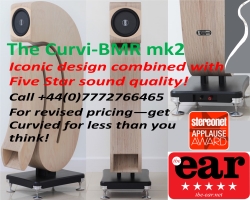


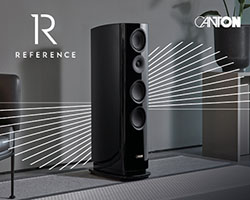



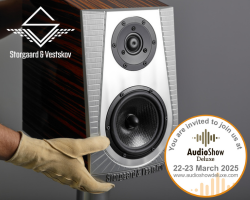






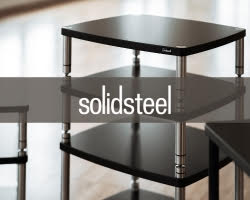
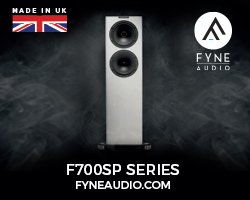



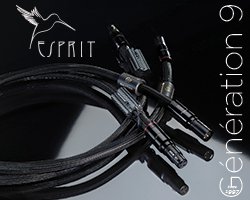
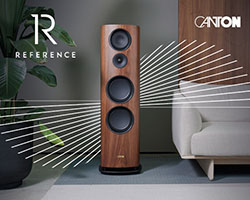

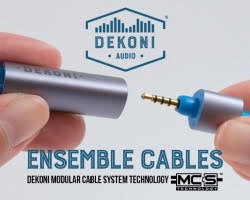






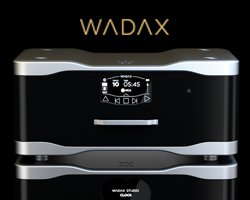

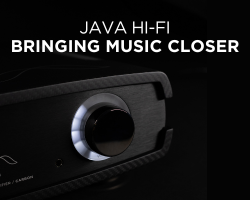


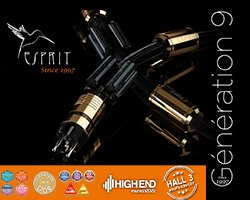
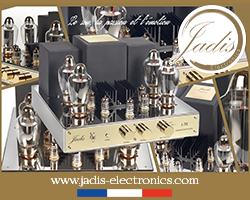
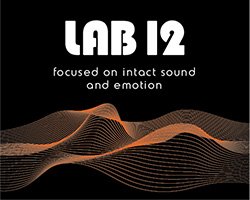
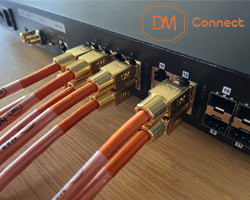



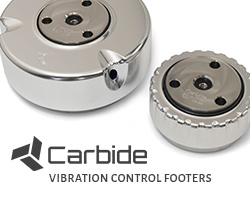

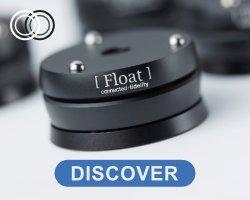


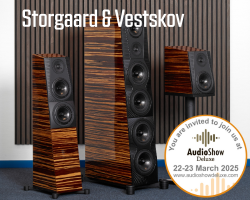
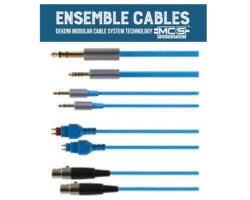






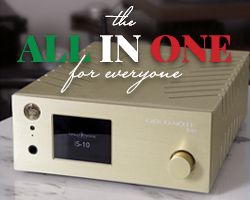





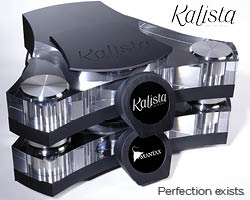
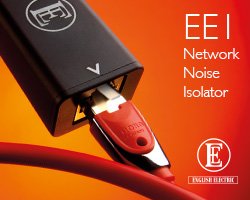

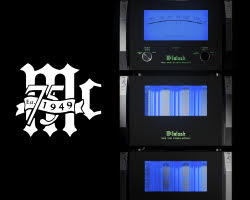


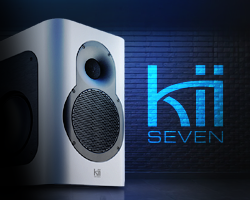
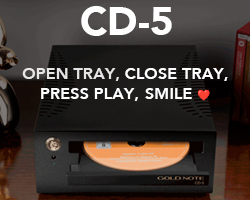
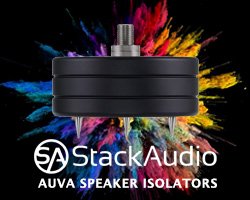

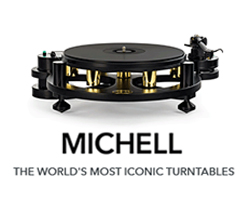
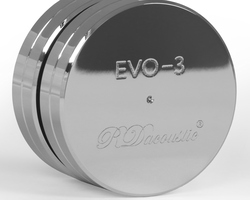


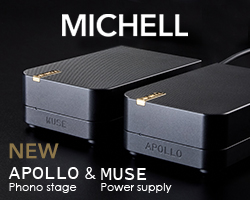

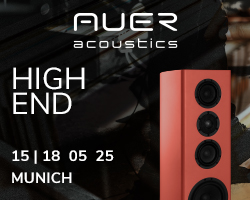














































You must be logged in to leave a reply.